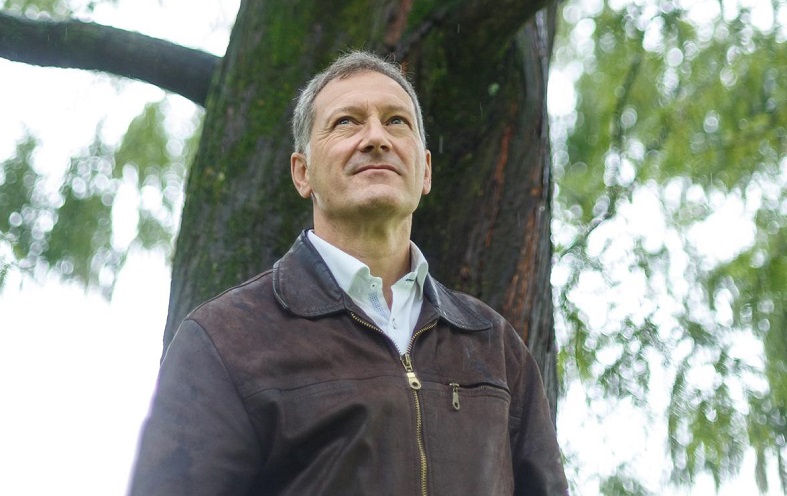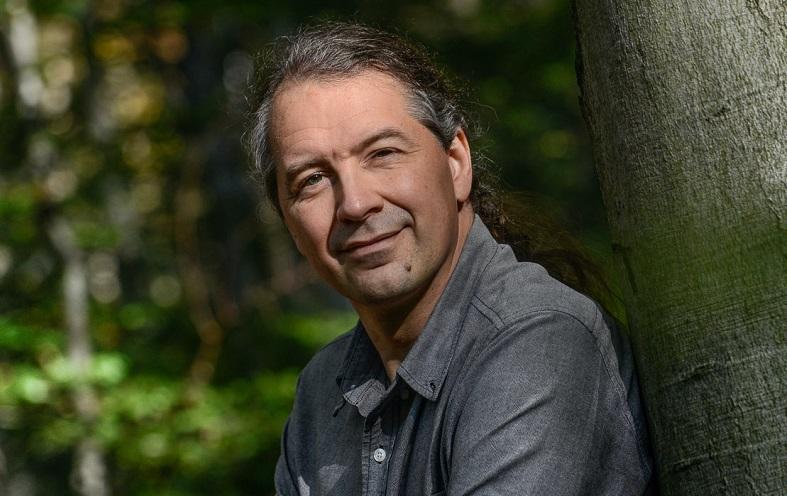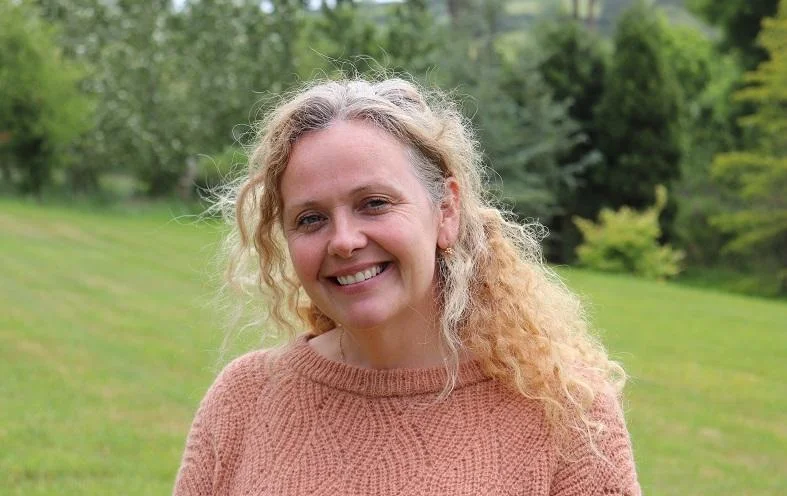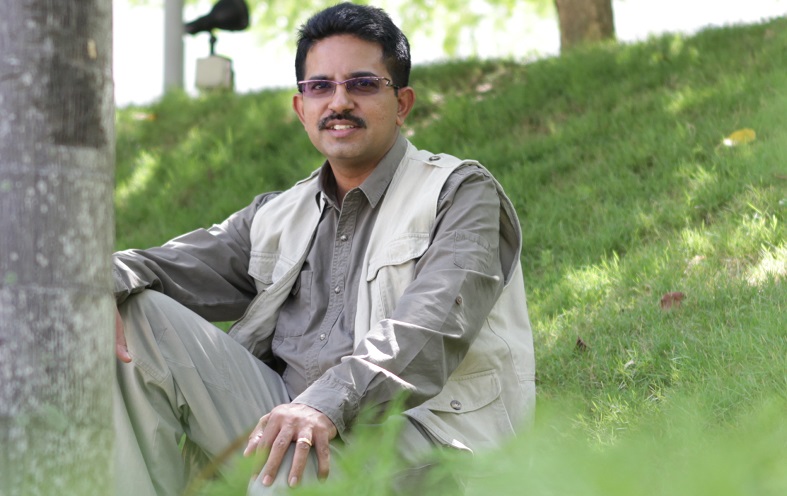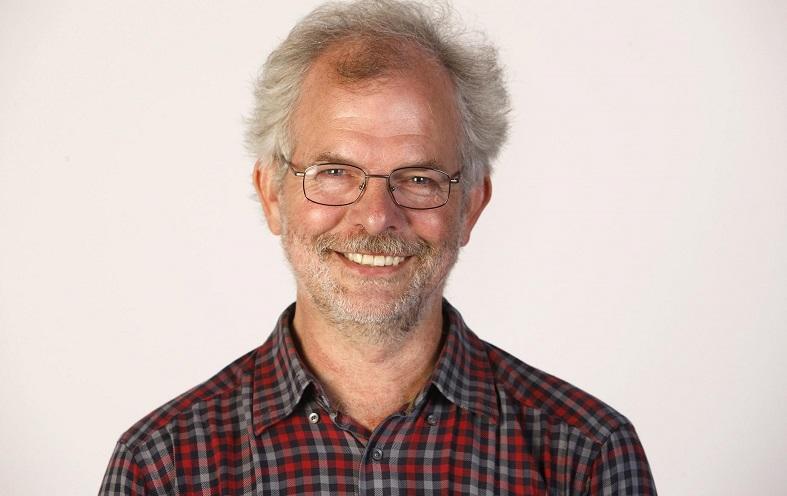
Meet Paul Peeters, Associate Professor at NHTV University Breda and Director of the Center for Sustainable Tourism and Transport in the Netherlands. His research is focused on the issue of tourism transportation and its effect on climate change. In the interview, Paul Peeters shares his thoughts on the recent Paris Summit on Climate Change and the aviation industry’s long way to go regarding climate friendliness.
Learn about:
- How Paul Peeters’ view on sustainability and tourism has changed since he first heard about the concept;
- Why it is so difficult to identify sustainable destinations;
- Why transport is so important but often overlooked when measuring the environmental impact of tourism;
- The main technical issue which prevents us from enjoying more sustainable aviation;
- The outcome of the UN Climate Change Conference in Paris in 2015.
Paul, do you remember the first time you heard about sustainability in a tourism context – and your initial thoughts?
As a child, I wanted to become an entomologist, but I ended up as an aircraft engineer at Fokker Aircraft. After four years at Fokker and worrying news about failing resources and acid rain destroying our forests, I started a career as a researcher, first in wind energy, followed by sustainable transport and, finally, 13 years ago as a professor of sustainable transport and tourism. I had become familiar with sustainable development before, but only then did I really learn the definitions of ‘sustainable tourism’. And these definitions surprised me! So much seemed to be drenched in kerosene!
Has your view on sustainability and tourism changed since then?
When I started research in this area, I thought a whole range of environmental issues would be at stake. But, I learned that energy and climate change were actually the most serious ones, with water and waste being problematic in some destinations.
I found it very difficult to get this message to the ‘sustainable tourism research community’ that was mainly engaged in nature-based, community-based and pro-poor tourism, off-setting carbon emissions and eco-labels for accommodations and destinations. These forms of sustainable tourism depended strongly on long-haul flights from the rich west to the poor south. Really difficult to understand!
Despite the many certifications, initiatives and events dedicated to sustainable tourism, we are finding it difficult to identify truly sustainable destinations. Why is it so difficult to put sustainable development theory into practice?
Most studies just look at international tourism, even though 80% of global tourism is domestic. Furthermore, transport issues are generally ignored. Probably because most tourism studies only take into consideration the destination point of view.
From a destination perspective, investing in a local airport is generally beneficial, because you will take visitors away from other destinations. However, from a global perspective, the conclusion will be different: globally, investing in airports will not generate more tourism trips, it just redistributes source markets and destinations and increases the distances tourists travel. Some destinations gain, others lose.
The focus on the international and destination perspective seriously hampers our understanding of sustainable tourism development, because both the main environmental problem, transport, and the main solution, domestic and short-haul tourism, are put outside the equation. So it seems the theory fails from the beginning.
One major headache linked to the industry’s sustainability is tourism transport and its implications for climate change. Do you see progress in this area?
On the one hand, some big tour operators embrace carbon disclosure. In the Netherlands, the branch organisation ANVR asked us to developed Carmacal, a tool to very precisely assess the carbon footprint of package tours. Not only flights but all forms of transport, half a million accommodations with different estimated footprints. This tool provides accurate data for a carbon label for tour packages and shows where and how to efficiently reduce emissions.
But on the other hand, there are 12,000 large jets currently on order and this fleet will fly at least until 2060, based on 2010s technology.
Based on a global tourism emissions model, I recently calculated that global tourism is set to emit some 300 Gton CO2 between 2015 and 2100, which is 30% of the global budget for sustainable development. Can it ever be sustainable to take so much of this budget, also needed for cooking, heating and lighting the homes of billions of poor people?
What are your main insights so far as director of the Centre for Sustainable Tourism and Transport at NHTV Breda University?
Tourism students and scholars all share one thing: love to travel. Most of our tourism students and teachers travel far more than average. One problem of this might be that we deliver generations of tourism managers with a long-distance travel mind-set, thus developing products that invite people to travel more than, strictly spoken, is necessary.
Paul, you are an engineer by training. Two questions: what is the main technical barrier stopping us from enjoying sustainable aviation, and what is the most promising solution?
 The challenge of every aircraft designer is to create an aircraft that transports as much payload over as long as possible distances at the lowest possible cost. Every additional ton of fuel for a certain flight will cost you ten paying passengers. The best way to achieve this? Fuel efficiency! Therefore, the fuel efficiency of current aircraft is rather close to the aerodynamic, thermodynamic and mechanical laws of nature.
The challenge of every aircraft designer is to create an aircraft that transports as much payload over as long as possible distances at the lowest possible cost. Every additional ton of fuel for a certain flight will cost you ten paying passengers. The best way to achieve this? Fuel efficiency! Therefore, the fuel efficiency of current aircraft is rather close to the aerodynamic, thermodynamic and mechanical laws of nature.
It may be that some 30-40% can be gained upon the newest generation of Airbus NEO’s and Boeing Dreamliners, but that will be it. And, it will take about half a century to bring us there, a timespan that may show 3—4 times the current volume of air transport.
How different is this for trains, cars and ships, where near-zero energy and real zero emissions are technically feasible and for some railway systems like those Switzerland and Sweden have used for decades already?
Your thoughts on the outcome of the United Nations Climate Change Conference (COP 21) in Paris December 2015?
In general, COP21 was very successful, all countries in the world agreeing on setting ambitious goals and pathways to get there. However, for tourism, it was disappointing because aviation was exempted and left to the International Civil Aviation Organisation (ICAO). This organization is very much dominated by national industry interests. ICAO’s new fuel efficiency standard will not save much fuel.
The other program, market-based measures, just involve offsetting the increases of emissions after 2020 for international flights. Therefore, net emissions stay constant after 2020. With such supplier behaviour, the genuine green traveller has no other option than to abandon flying altogether and discover the exciting world of train and bus travel.
Thank you, Paul.
Connect with Paul Peeters on LinkedIn or visit the NHTV Center for Sustainable Tourism and Transport.
Enjoyed our interview with Paul Peeters, director of the NHTV Center for Sustainable Tourism and Transport? Share and spread the word!


